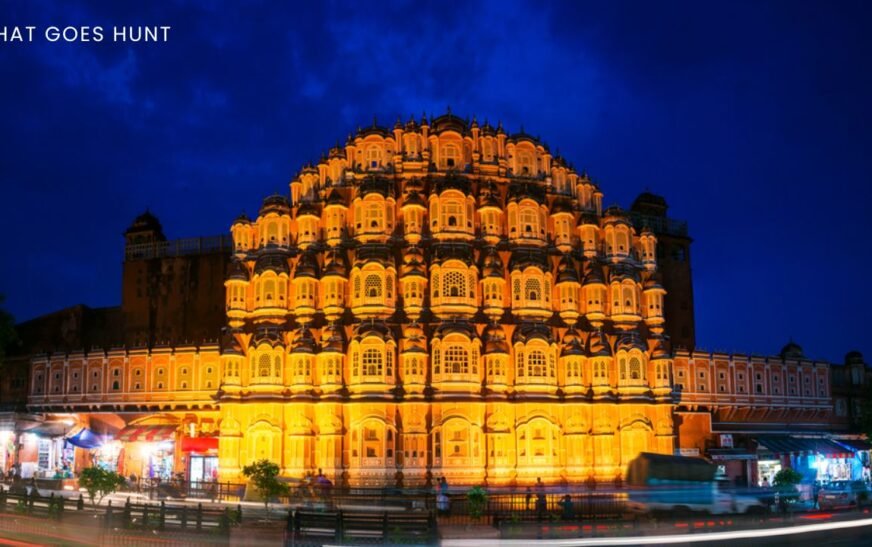Kedarnath Yatra is one of the 12 Jyotirlingas located in the Rudraprayag district of the divine state of Uttarakhand. Kedarnath is also one of the important panch kedars.
Every year, thousands of people visit the Kedarnath Temple dedicated to Lord Shiva to worship him and offer their prayers.
The Kedarnath Yatra is famous among devotees of Lord Shiva and adventure seekers. This travel guide on the Kedarnath Yatra will help you plan your trip to this holy place.
The Best Time to Visit the Kedarnath Yatra
Every year, thousands of devotees of Lord Shiva and adventure seekers visit Kedarnath, but what is the best time for the Kedarnath Yatra?
The best time for the Kedarnath Yatra is between the months of May and October. The Kedarnath Temple opens in April or May and closes in October or November. The pleasant weather during these months is what makes this the ideal time to visit Kedarnath.
Also, all the trekking routes are accessible during this time of the year. It is suggested that you avoid visiting Kedarnath during the monsoon season, as rain can make the Kedarnath Yatra dangerous, and landslides are quite frequent during the monsoon season.
How do I reach Kedarnath?
There are various ways of reaching Kedarnath Temple, including by air, train, and road. Let’s explore these options to understand which means of travel is best for you.
Kedarnath Yatra by Air
If you want to travel by air, then the nearest airport is Jolly Grant Airport in Dehradun, which is approximately 238 km from Kedarnath.
After racing to the airport, you can easily hire a taxi or a bus, whichever you prefer, that will take you to Gaurikund, which is also known as the base camp of the Kedarnath Yatra or Kedarnath Trek.
Kedarnath Yatra by Train
The nearest railway station to the Kedarnath Dham is Rishikesh, which is about 216 km from Kedarnath. After reaching Rishikesh, you would need to take a bus or a taxi to reach Gaurikund.
Kedarnath by Road
Kedarnath by road is perfect for people who love adventure and long drives. You get to enjoy the scenic beauty of Uttarakhand and its beautiful yet thrilling roads. Gaurikund is well-connected by road, so you don’t have to worry about getting lost.
Places to visit in Kedarnath
Kedarnath Temple
Apart from the main attraction, which is Kedarnath Temple, a temple dedicated to Lord Shiva, there are other places that you can visit when you are on the Kedarnath Yatra.

The history of Kedarnath Temple is that it is believed that Kedarnath Temple was built by the Pandavas during the ancient period of Satyug.
Shankaracharya Samadhi
16-kilometer trek from Gaurikund, Shankaracharya Samadhi is located just behind the Kedarnath Temple. Shankaracharya Samadhi is also known as the resting place of Shree Adi Shankaracharya Ji.

Bhairav Temple
Dedicated to Bhairav Nath ji, Bhairav Temple is situated around five hundred meters from the Kedarnath Temple. Bhairav Nathi Ji is also called the guardian deity of the region.

How to Prepare for the Kedarnath Yatra (Trek)
The distance from Gaurikund to Kedarnath is 16 kilometers, which means you need to prepare yourself for a 16-kilometer trek. Here are some of the essential tips that will help you prepare for your Kedarnath Yatra (Trek).
Check your fitness level.
Before you start your Kedarnath Yatra (Trek), make sure you are physically healthy and mentally prepared, as the trek can be demanding and may test your limits.
Starting Your Trek Early
Starting your trek early is a great strategy to avoid the sun during the afternoon. The trek is 16 km long, so starting early can help you reach Kedarnath temple before nightfall.
Keeping Yourself Hydrated
Keeping yourself hydrated is an essential part of ensuring you can complete your Kedarnath trek without any injury or difficulty. Make sure you are carrying enough water and drinking at regular intervals.
Getting Used to the Climate
Before starting your Kedarnath Yatra, get used to the climate and high altitude by spending a day or two at Gaurikund.
Respect local customs.
Make sure you don’t hurt the sentiments of the locals. Dress properly to respect the local culture and follow the rules and guidelines of the temple.










